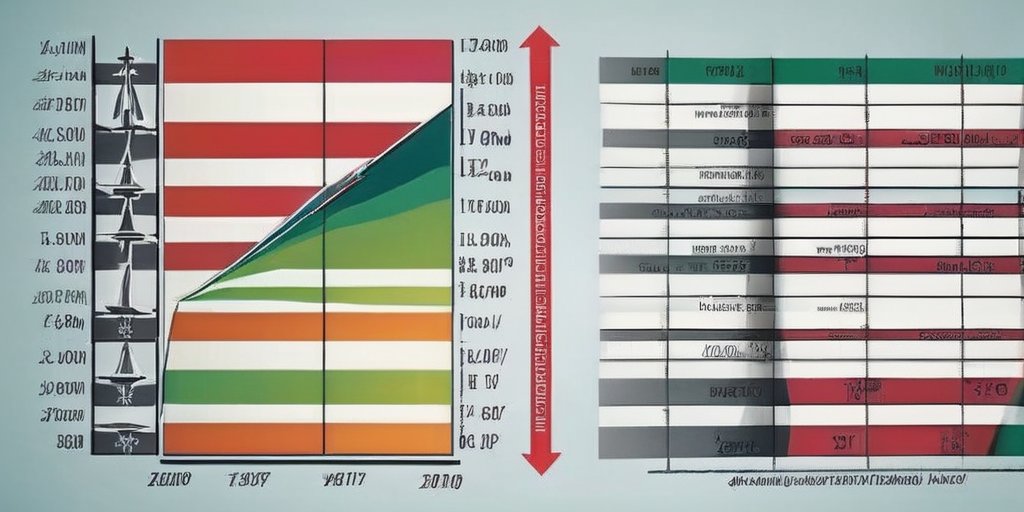The ongoing tariff battles ignited by US President Donald Trump are forcing countries worldwide to reassess their economic strategies; India is no exception. Ahead of Prime Minister Narendra Modi’s crucial meeting with Trump, scheduled for February, India recently took a proactive step by lowering tariffs on select US products such as Bourbon whiskey and motorcycles. This move signals a potential shift from its traditionally protectionist stance, amidst concern stemming from Trump’s labeling of India as a ‘tariff king’ and ‘big abuser’ of trade relations.
India, historically known for its complex tariff structures, exhibits an average import duty rate standing at a staggering 12%. In contrast, the US average tariff is only 2.2% while China’s is at 3%. Such high tariffs significantly increase costs for businesses reliant on global supply chains, consequently limiting their competitiveness in the international market and leading to inflated prices for Indian consumers on imported goods.
Despite the pressures of a growing trade deficit and a mere 1.5% share in global exports, optimism is in the air. India’s government, often criticized for its protectionist measures, appears to be contemplating a significant economic reform reminiscent of the liberalization of 1991. Commerce Minister Piyush Goyal is on a mission, flying to the US to explore new trade deals after Trump’s threats of retaliatory tariffs—a move that analysts predict could cost India approximately $7 billion annually across several sectors.
Diverse partnerships, such as that between Indian telecom tycoons Reliance Jio and Bharti Airtel with Elon Musk’s SpaceX for satellite internet services, highlight a shifting landscape of collaboration. Despite past tensions, this unexpected alliance underlines the potential for cross-border synergies in an evolving trade climate.
However, economists raise caution. Protectionist policies over the last decade have often impeded the progress of the government’s Make in India initiative. Experts argue for the necessity of reducing tariffs to facilitate India’s integration into global trade, thereby enhancing its export capacity. “We need to boost exports, and a tit-for-tat tariff war won’t help us… Relying solely on our service sector is inadequate to tackle the workforce challenges we face,” says Rajeshwari Sengupta, an associate professor at the Indira Gandhi Institute of Development Research.
With an agricultural sector that employs 40% of the workforce yet contributes only 15% to GDP, India finds itself at a unique crossroads. Reduced tariffs could enable the country to establish itself as a vital player in a re-globalized trade environment. As trade experts argue, fostering stronger ties with Southeast Asia and the Middle East while dismantling protectionist barriers could attract global economic activity and spur job creation.
Thus, the question remains: will Trump’s tariff war catalyze meaningful reforms in India or drive the country back toward a more inward-looking economic policy? One thing is clear: the upcoming discussions with Trump may very well sculpt the future of India’s economic landscape, positioning it for either robust growth or further isolation depending on its response to these critical challenges.
